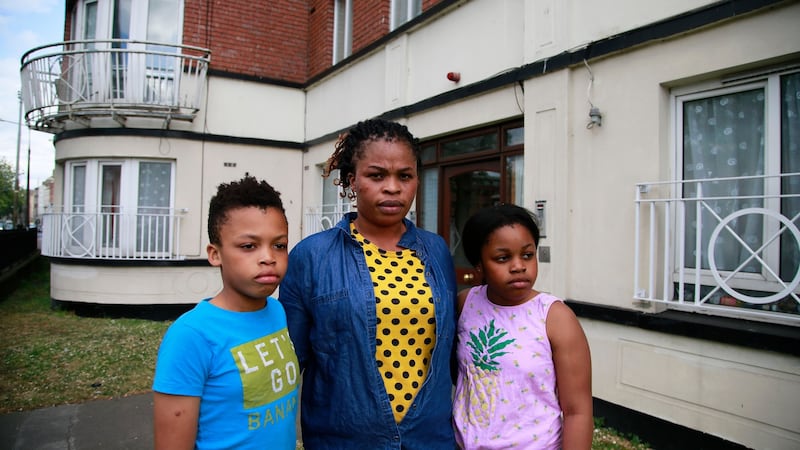The housing crisis affects large swathes of the population, so it is no surprise that refugees – one of the most vulnerable groups in society – are also hit by the shortage of affordable places to live. As of last June, almost 600 people who had been granted asylum here were still in the direct provision system – an increase of almost 50 per cent in 18 months. That means more than 10 per cent of those living in asylum-seeker accommodation centres have already been given legal status in the State but cannot leave because they are unable to find suitable or affordable housing elsewhere.
It is a good example of how a failure of Government policy in one area can hold back or reverse progress elsewhere
Combined with the fact that asylum applications are increasing, and that more and more asylum seekers are taking up the State's offer of accommodation, this has left direct provision at nearly full capacity. In documents released to this newspaper under the Freedom of Information Act, Department of Justice officials warned of a "chronic lack of space" to house new applicants. The pressure is so acute that, earlier this month, the department was unable to offer immediate accommodation to some single men seeking asylum and had to refer them to homelessness services. Two previously closed accommodation centres, in Killarney and Carrick-on-Suir, have reopened due to what the department calls an "urgent and immediate need" for beds.

One of the anticipated benefits of the Government’s decision to open the labour market to asylum seekers was that more refugee applicants would be able, with an independent income, to move into private housing. For most asylum seekers, however, that is a forlorn hope. The housing crisis means many more people will be forced to live for lengthy periods in a system that countless studies have shown to be unsuitable for protracted stays. It is a good example of how a failure of Government policy in one area can hold back or reverse progress elsewhere. Ultimately, the only way to fix the mess is to increase the supply of social and affordable housing. In the meantime, the Government must act urgently to improve conditions in the direct provision network.











